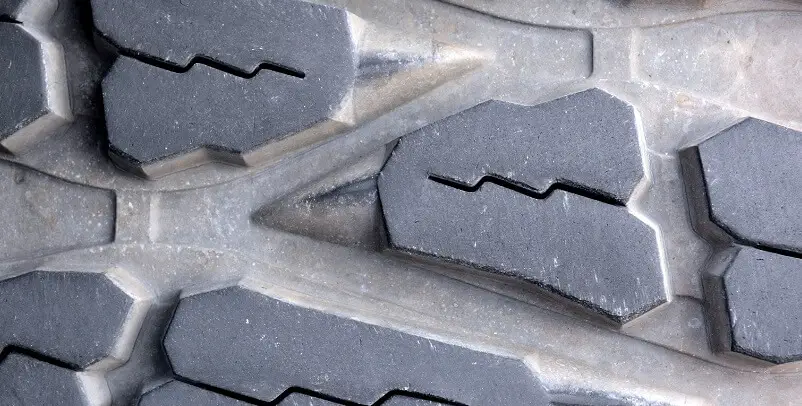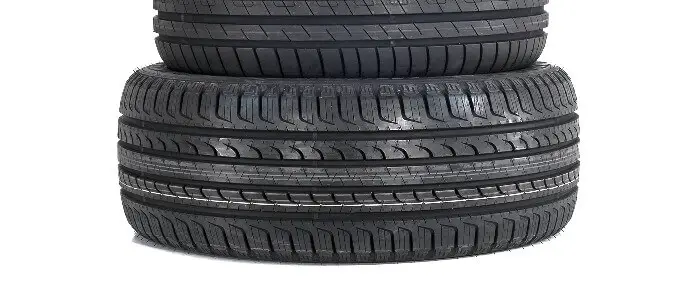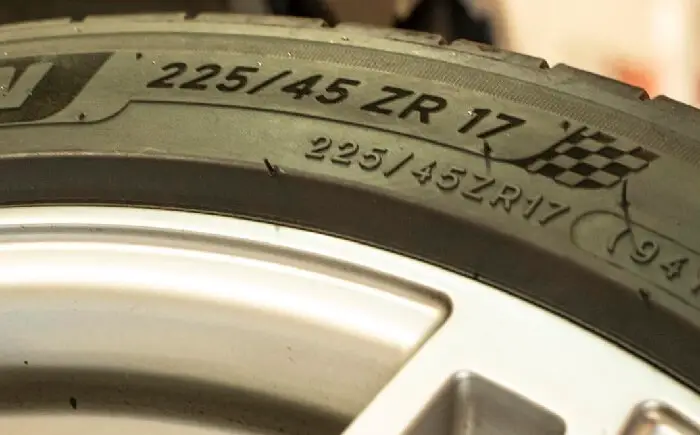Off Road Tire Sizes

From the shifting sands of the desert to the rocky, challenging terrain of mountain trails, off-roading presents thrilling adventures that require equally thrilling and capable gear. A fundamental piece of this puzzle is choosing the correct off-road tire size for your vehicle.
We’ll break down the complexities of off-road tire sizes, illustrating how to read them and the most common sizes, and specifically look into the 15-inch, 16-inch, 17-inch, and 18-inch varieties.
Off-Road Tire Sizes Explained
Understanding off-road tire sizes can be a confusing task, particularly for beginners. The first step to demystifying this puzzle is deciphering the number sequence found on the sidewall of every tire, which might look something like “35×12.5R17.”
The first number (35 in this case) is the tire’s overall diameter in inches when it is inflated and not under any load. This figure is critical as it impacts ground clearance, the vehicle’s ability to traverse obstacles, and potentially the need for modifications to accommodate larger tire sizes.
The second number (12.5 here) is the tire’s width in inches, which can influence traction, particularly on loose or slippery surfaces. The final number (17, in this example) represents the wheel’s diameter in inches – the wheel size the tire intends to fit.
How to Read Off-Road Tire Sizes
Reading an off-road tire size requires breaking down the sequence of numbers and letters. To illustrate, consider a tire marked as “265/70R17.” This marking follows the metric system, commonly used in modern vehicles.
The first number, 265, is the tire’s width in millimeters from sidewall to sidewall. The following number, 70, is the aspect ratio, which is the height of the tire’s cross-section as a percentage of its width. Hence, this tire’s height is 70% of 265mm.
The letter ‘R’ signifies Radial construction, which is the standard construction method for modern tires. Finally, the number 17 is the diameter of the wheel in inches that the tire is designed to fit.

Common Off-Road Tire Sizes
Common off-road tire sizes vary depending on the vehicle and its intended use. Some popular light truck and SUV sizes include 33×10.5R15, 35×12.5R17, and 37×12.5R17.
These sizes provide a balance of improved off-road performance, including increased ground clearance and enhanced traction, while still being feasible for daily driving.
15-Inch Off-Road Tire Sizes
15-inch wheels are popular on older 4x4s and certain Jeep models. Off-road tires designed for 15-inch wheels commonly come in sizes like 195/65r15, 205/65r15, 205/70r15, and 235/75r15.
They offer a wide tire body for better traction, which, when combined with the smaller wheel diameter, provides a larger tire sidewall for better absorption of impacts off-road.
16-Inch Off-Road Tire Sizes
16-inch off-road tire sizes are commonly found on various modern and older 4x4s. Most common tire sizes 205/55r16, 245/75r16, 265/70r16, 265/75r16. These sizes offer an excellent balance between off-road capability and on-road manners.

17-Inch Off-Road Tire Sizes
17-inch wheels have become the standard on many modern 4×4 vehicles, from trucks to SUVs. As such, off-road tire sizes for 17-inch wheels have become more varied and widely available.
Popular sizes include 215/55r17, 225/45r17, 225/65r17, 265/70r17. These sizes offer a range of options for increasing off-road performance without requiring extensive modifications.
18-Inch Off-Road Tire Sizes
While 18-inch wheels might be considered by some as more stylish and less practical for off-roading due to a smaller sidewall, numerous off-road tire options exist for this size as well.
Standard sizes include 235/55r18, 235/60r18, 265/65r18, P275/65r18. These tire sizes offer a good blend of style and performance, with a larger wheel diameter for a more aggressive look.
Choosing the right off-road tire size for your vehicle can significantly enhance your off-road experience. Understanding how to read tire sizes and the characteristics of different sizes will help you select the most suitable tires for your vehicle and off-roading needs. As always, consult with a tire or automotive professional when selecting and installing off-road tires.

